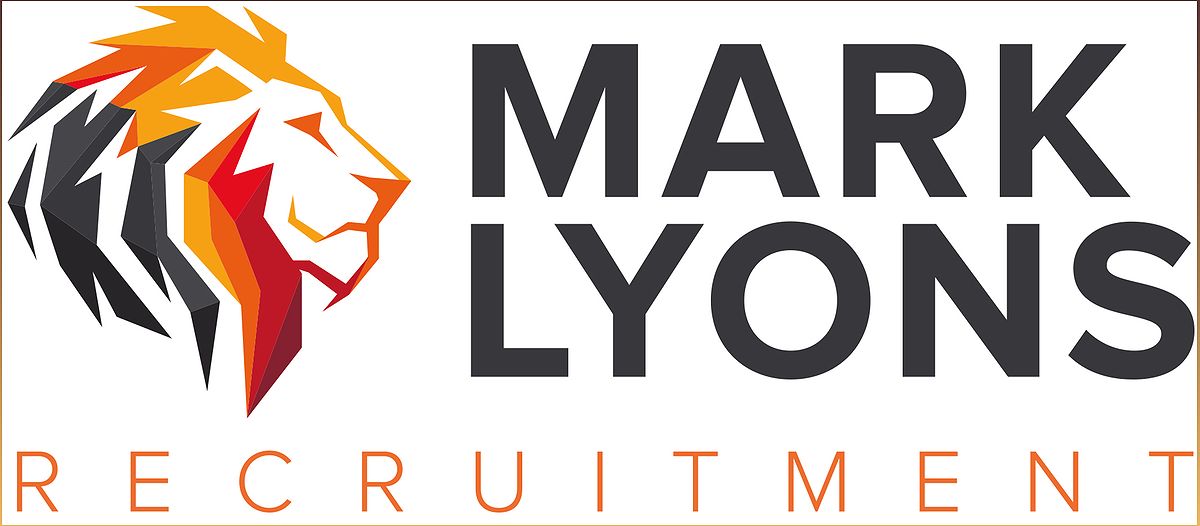Are you ready to dive into the world of asset-based lending? In this comprehensive guide, we will explore the exciting opportunities and responsibilities that come with underwriting mid to large ticket facilities. Whether you are an experienced professional or looking to break into the industry, this article will provide valuable insights and essential skills needed to succeed. Let's unlock the potential of asset-based lending together!
Understanding Asset-Based Lending
Discover the fundamentals of asset-based lending and its growing importance in the financial industry.
Asset-based lending (ABL) is a specialized form of financing that utilizes a borrower's assets as collateral. Unlike traditional lending, which focuses on creditworthiness, ABL provides a more flexible and accessible solution for businesses in need of capital.
With the increasing demand for working capital and the rise of alternative financing options, asset-based lending has gained significant traction in recent years. It offers a range of benefits, including increased liquidity, improved cash flow, and the ability to leverage existing assets to fund growth opportunities.
As a content writer, I have witnessed the growing importance of asset-based lending in the financial industry. In this section, we will delve deeper into the key aspects of ABL and explore how it can unlock new opportunities for businesses.
The Role of an ABL Underwriter
Gain insights into the responsibilities and skills required to excel as an ABL underwriter.
As an ABL underwriter, you play a crucial role in evaluating and assessing loan applications. Your responsibilities include working closely with the business development team, analyzing financial data, conducting risk assessments, and making informed decisions on loan approvals.
To excel in this role, you need a strong understanding of secured financing techniques, corporate finance, and credit analysis. Additionally, advanced skills in financial modeling, attention to detail, and proficiency in Microsoft Excel are essential.
As a seasoned content writer in the financial industry, I have witnessed the significance of ABL underwriters in driving successful lending outcomes. In the following sections, we will explore the key skills and responsibilities required to thrive in this dynamic role.
Key Responsibilities of an ABL Underwriter
Discover the core responsibilities of an ABL underwriter and their impact on the lending process.
As an ABL underwriter, your role involves various responsibilities that contribute to the overall lending process. Let's take a closer look at some of the key tasks:
Evaluating Loan Applications
One of your primary responsibilities is to evaluate loan applications received from the business development team. This involves analyzing financial statements, assessing creditworthiness, and determining the feasibility of the proposed loan.
Conducting Risk Assessments
You are responsible for conducting thorough risk assessments to identify potential risks associated with the loan. This includes assessing the borrower's financial stability, industry trends, and market conditions to make informed decisions.
Preparing Credit Offerings
Based on your analysis and risk assessments, you prepare comprehensive credit offerings that outline the terms and conditions of the loan. These offerings are crucial in providing clear and concise information to stakeholders involved in the lending process.
Collaborating with Credit Committees
As an ABL underwriter, you work closely with credit committees to present and discuss loan proposals. Your expertise and insights play a vital role in shaping the final decisions and ensuring the alignment of lending strategies with the organization's objectives.
By understanding the core responsibilities of an ABL underwriter, you can gain valuable insights into the intricate lending process and the impact of your role in driving successful outcomes.
Essential Skills for ABL Underwriters
Explore the key skills required to excel as an ABL underwriter and make informed lending decisions.
As an ABL underwriter, possessing the right skills is crucial to effectively assess loan applications and make informed lending decisions. Here are some essential skills that can set you apart in this role:
Financial Analysis
A strong foundation in financial analysis is essential for evaluating the financial health of borrowers. This includes analyzing financial statements, assessing cash flow, and identifying potential risks.
Risk Assessment
Having a keen eye for risk assessment is vital in identifying potential risks associated with the loan. This involves evaluating industry trends, market conditions, and the borrower's creditworthiness to make informed decisions.
Attention to Detail
As an ABL underwriter, attention to detail is paramount. You must meticulously review loan applications, financial statements, and legal documents to ensure accuracy and compliance with lending policies.
Communication and Collaboration
Strong communication and collaboration skills are essential for working effectively with the business development team, credit committees, and other stakeholders. Clear and concise communication ensures the smooth flow of information throughout the lending process.
By honing these essential skills, you can position yourself as a valuable asset in the asset-based lending industry and make informed lending decisions that drive business growth.
The Future of Asset-Based Lending
Explore the future prospects and emerging trends in the asset-based lending industry.
The asset-based lending industry is evolving rapidly, driven by changing market dynamics and emerging technologies. As a content writer with a keen interest in the financial industry, I am excited to share some insights into the future of asset-based lending.
Technology Integration
Advancements in technology, such as artificial intelligence and machine learning, are revolutionizing the asset-based lending landscape. These technologies enable faster and more accurate risk assessments, streamlined processes, and improved customer experiences.
Expansion into New Industries
Asset-based lending is no longer limited to traditional industries. We are witnessing a growing trend of ABL expanding into new sectors, including technology, healthcare, and renewable energy. This diversification opens up new opportunities for lenders and borrowers alike.
Alternative Financing Solutions
With the rise of alternative financing options, such as peer-to-peer lending and crowdfunding, asset-based lending is adapting to meet the changing needs of businesses. These alternative solutions provide additional avenues for capital access, especially for startups and small businesses.
As we look ahead, it is evident that asset-based lending will continue to play a crucial role in supporting businesses' growth and providing flexible financing solutions. By staying informed about emerging trends, you can position yourself for success in this dynamic industry.

